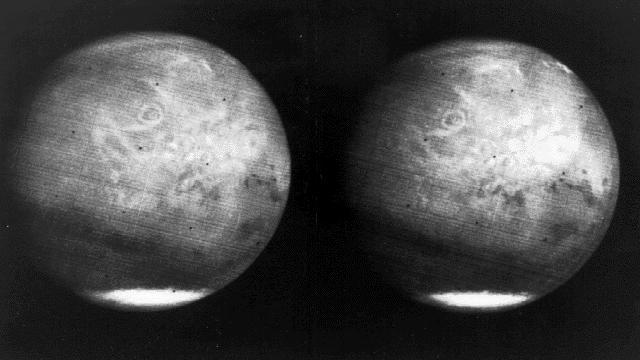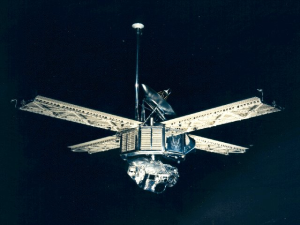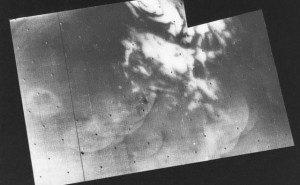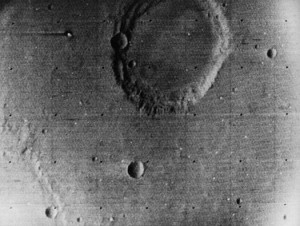On this day in 1969, the Mariner 6 mission launched from Cape Canaveral on a journey to Mars.
Mariner 6’s mission goals were to study the surface and atmosphere of Mars during close flybys, in order to establish the basis for future investigations, and to demonstrate and develop technologies required for future Mars missions.
During its mission, Mariner 6 returned 75 images of Mars, which showed for the first time in greater detail the surface features that Earth-based astronomers had documented for hundreds of years. This mission also served to finally debunk the theory that canals crisscrossed the surface of Mars. Mariner 6 also measured characteristics of the Martian atmosphere, including UV and IR emissions.
Mariner 6 made its closest pass to Mars on July 31, 1969 at a distance of 3,431 kilometers (2,132 miles) above the surface. After completing its mission, Mariner 6 continued past Mars and settled into a heliocentric orbit, where it will potentially remain forever.
Along with its sister spacecraft Mariner 7, this was the first dual-spacecraft mission to Mars in history. The Mariner program served to enable all future U.S. missions to the red planet, and dramatically increased our knowledge of our most similar planetary neighbor.




